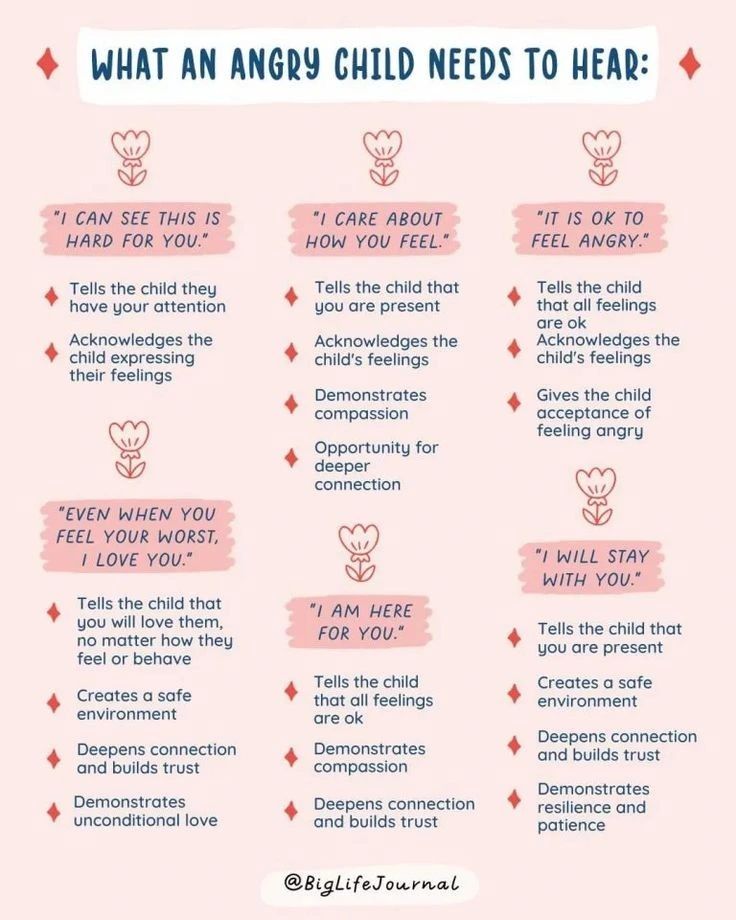Last month I talked about how parents can help improve concentration in their children and received an overwhelming response from others asking how they can help out too. Never fear I have some advice for you too!
There are some really simple exercises we can teach children to improve their memory skills that are very effective at helping them engage and are very sensory based – which means that regardless of each child’s sensory preference these memory skills will be relevant for them. And if we try to build that into particular things that we are trying to teach them, or things that we want them to learn, then it is far more likely that not only the information will stick, but that the child will be far more engaged in the first place.
However, there is one thing that I believe makes a world of difference. The Holy Grail of teacher tricks that is guaranteed to help improve the concentration levels of the pupils in your classroom. And it’s pretty simple too!
When we are working with and teaching young people we have to give them the reason WHY what we are doing is important to them. If you know why you need to do the thing that you are being asked to do, then it makes it far more appealing and it makes much more sense. If you’re just doing something because that is what you have to do, because it’s what you’re being told to do, that’s where we’re going to get some resistance or lack of engagement and motivation.
So we have to give them a reason why, and the reason why has to be relevant to them; not relevant to the curriculum, not relevant to passing their exams, not necessarily even relevant to their future. Children and young people do not live in the future – they live in the now. So we need to give them a big fat reason why what we’re asking them to learn, memorise, do, is relevant to them in the now. And that is a tricky thing to do.
If you’ve got a particular subject area that you really need to focus in on, and you’ve got to make it relevant to a 13 year-old who is not at all interested in it, then sometimes those thing’s don’t quite marry up. It is your job to be creative and find a way to make that happen. How can I make it relevant to these young people in their lives right now?
A further build on that suggestion is to actually engage them more in the planning process around what it is that they are going to be learning later on. As well as trying to make a subject topic relevant for them and doing our very best to make it appeal to them, we can also start to get them engaged with figuring out their own reasons why. If we can get them to figure out reasons for themselves as to why this subject area is relevant to them, then it’s going to be even more appealing for them than having us tell them why. This is going to be the key to getting them engaged and getting them concentrating.
On a day to day basis there are other, smaller, practical things that you can do to help them concentrate at their best. Sometimes we just need to look at physical, practical things that are going on around them. Is the room too hot and stuffy? Do we need to get some fresh air in there? Are they thirsty or hungry? Are they distracted by someone else or by what’s going on around them? Are they distracted by things that are going on in their own head? Is it that they just want to get on with other more enjoyable things?
If we can recognise the physical contributors to their distraction then their behavioural responses are a bit easier to understand. And once we understand why they’re reacting the way that they are, we can help adjust the situation to help reduce their distractions and improve their concentration levels.
The original version of this article was written by Gemma Bailey, director ofwww.NLP4Kids.org.
It was republished and rebuilt with additional content by NLP4KIDS PRACTITIONER IAN DAVIES https://www.aylesburytherapyforkids.co.uk/




